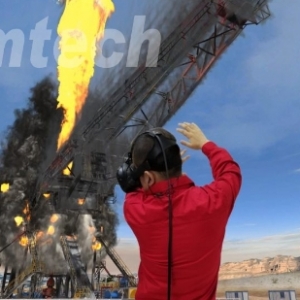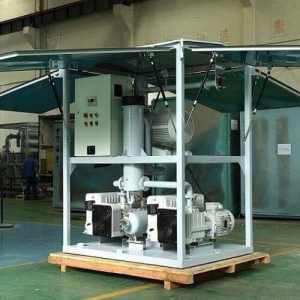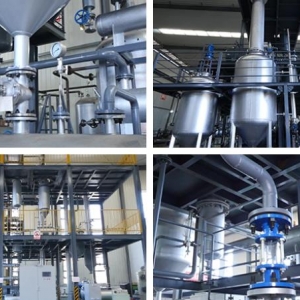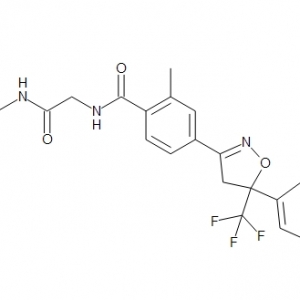Emergencies strike without warning, demanding immediate and decisive action. In high-risk environments like healthcare, firefighting, oil and gas exploration, and aviation, preparedness is crucial for ensuring the safety of individuals and communities. This is where Virtual Reality (VR) Emergency Training Simulators enter the picture, revolutionizing how we prepare for the unexpected.
Immerse Yourself in the Heart of the Action
VR Emergency Training Simulators transport trainees into realistic virtual environments, replicating the sights, sounds, and pressures of real-world emergencies. This immersive experience allows trainees to:
- Practice crucial skills: From administering first aid to extinguishing fires, trainees can hone their skills in a safe and controlled environment, learning from mistakes without real-world consequences.
- Develop situational awareness:VR simulations allow trainees to navigate complex emergency scenarios, enhancing their ability to assess situations, make quick decisions, and execute effective response strategies.
- Boost confidence and teamwork: By experiencing realistic emergencies firsthand, individuals gain confidence in their abilities and develop strong teamwork skills through collaborative training exercises.
Benefits Beyond Traditional Training
VR Emergency Training Simulators offer several advantages over traditional training methods:
- Increased engagement and retention: The immersive nature of VR fosters deeper engagement and knowledge retention, leading to a more prepared and capable workforce.
- Scalability and cost-effectiveness:VR training can be tailored to specific scenarios and scaled to accommodate large groups, reducing the need for expensive and time-consuming live exercises.
- Safety and risk-free environment: Trainees can practice potentially dangerous scenarios without the risk of injury or damage, ensuring a safe and controlled learning experience.
- Real-time feedback and performance analysis:VR simulations provide immediate feedback on trainee actions, allowing for personalized coaching and continuous improvement.
The Future of VR Emergency Training
The potential of VR Emergency Training Simulators is limitless. With advancements in VR technology and artificial intelligence, we can expect to see:
- More sophisticated and realistic simulations: Future simulations will likely incorporate dynamic elements, environmental factors, and even personalized responses to trainee actions, creating even more realistic and challenging training experiences.
- Integration with real-time data: VR simulations could be linked to real-time information from sensors and monitoring systems, providing trainees with accurate and up-to-date data during training exercises.
- Remote and collaborative training:VR technology could enable remote training, allowing trainees from different locations to participate in collaborative exercises and share their expertise.
Conclusion
VR Emergency Training Simulators are transforming the way we prepare for emergencies. By immersing individuals in realistic scenarios, these innovative tools are fostering confidence, improving decision-making, and ultimately, saving lives. As VR technology continues to evolve, we can expect even more advanced training simulations that will further enhance emergency preparedness and create a safer world for everyone.






